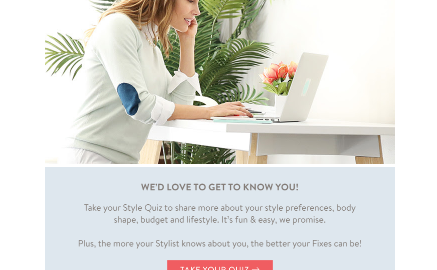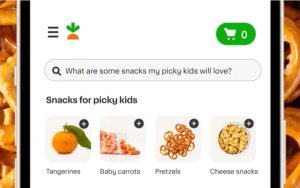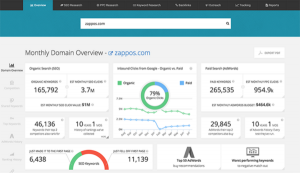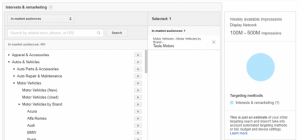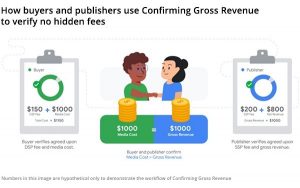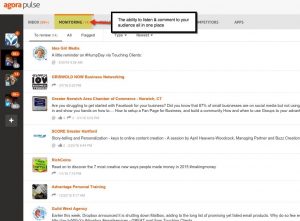As a marketing team, you send a lot of emails. Welcome series emails, transactional emails, Holiday specials, 2-for-1 deals for National Twin Day.
There’s a lot to love about email. It allows you to personalize, to segment, to give your brand a voice and presence with each customer. Automation automation lets you scale those relationships.
In theory. But email often doesn’t work as well as it should. How many of your emails are actually getting read by customers? You want to send real value but inboxes are overloaded. Cutting through the noise comes down to time of day and subject line.
There’s another way. Say hello to the referral lifecycle email.
Referred customers are your regular customers on steroids. They’re 25% more profitable, with a 20% higher AOV each year. And, email is the fuel of your refer-a-friend program. When you combine referrals and email at each stage of your existing lifecycle strategy, you can turn drive more advocacy, acquire more better customers, and even grow your email list. Here’a a lifecycle approach to combining your referral program with your email program.
Referred customers are your regular customers on steroids. They’re 25% more profitable, with a 20% higher AOV each year.
1. Put referrals on their radar
This is the “discovery” part of your strategy. See how Stitch Fix uses their marketing lifecycle email to introduce their customers to the idea of referring:

(Stitch Fix gives two nudges to refer, while nurturing their existing customer with a personal quiz. Image source: Stitch Fix)
Stitch Fix starts with the subject line of their email: “Getting to Know You!” It then provides two opportunities to refer in the body of the email, at the top and at the bottom. Both links are unobtrusive, but together they subtly increase the chances of getting noticed by the customer. By including these links in a regular marketing lifecycle, Stitch Fix uses email to nurture while also providing a touchpoint to acquire new customers.
Stitch Fix then capitalizes on this intro with a zero-friction design. People are busy. To stand a chance at reaching them you must provide value instantly. Design the body of your email so that you pre-answer any questions the reader might have. How much do I—? $ 25. How do I—? Click here. Zero-friction applies to the actual words you use to phrase your email too. Use concrete language in your emails — like vivid nouns, sensual information, and contextual details — and help your message land with impact.
Once you’ve got them interested, you have to keep delivering. Carry that zero-friction design through to the landing page of your website. Don’t let that new friend flounder around on your homepage looking for a place to go, send them to a dedicated page for special referral VIPs. Here’s Stitch Fix’s:

(Stitch Fix’s landing page is clearly set out to guide the user through their first referral. Image source: Stitch Fix)
Again, Stitch Fix does a good job of removing obstacles for the user. It clearly lays out the what, why, and how of referring without the user having to search around.
Create consistency across each point of contact with the customer to make the referral experience seamless and never leave them wondering how to refer.
2. Swift rewards = referral cravings
You’ve got the share you were after. Now it’s time to turn that customer into a brand advocate by making their effort pay off. This is a two-pronged attack — one lovely email for the advocate, and one lovely email for the new friend you just made.
Thanks for Sharing
This email is your chance to hook your new advocate into referring more. Show them why referring was a great idea by making it quick and easy for them to grab a reward. They’ve done the hard work; they don’t want to have to pick their way through an email to get what they’re owed. Announce your intentions swiftly, like Uber does here:

(Uber’s quick congrats message, paired with a three-pronged call-to-action, makes advocates glad they referred. Image source: Uber)
And remember to include those calls-to-action prominently in the message. Here, the customer has three clearly-marked opportunities to share, through Facebook, on Twitter, and by email.
Hello Stranger
This is your new potential customer. Help them discover you by sending an exciting email where your brand comes across and so does the voice of your advocate.
Don’t ruin the opportunity of the referral email by phrasing it like a cold call. Let the trusted friend do the talking by personalizing the subject line and body of your email. Here’s how Airbnb does it:

(Airbnb uses personalized images and zero-friction layout to guide customers through the referral experience. Image source: Airbnb)
When your new customer gets this email from Airbnb, she can see her friend Peter’s face beside an image of happy travelers. This personalization boosts curiosity and even creates a fear of missing out. “That could be me!” she thinks. Images make referrals instantly more personal and effective and boost the FOMO effect by showing clearly how people are already using your product to make their lives better.
Notice also how Airbnb has put the reward up top. This shows the reader why they should care. The reward is specific and useful ($ 20 could pay for a night in a room in Barcelona). Research by the American Marketing Association shows that people are more likely to refer when offered a reward, but that the size of the reward doesn’t matter a bit. People want a tangible, usable gift for their effort; don’t go crazy.
3. Communicate to create monster advocates
Referred customers are actually four to five times more likely to refer others. They’ve seen how easy it is to refer and they’ve experienced the reward. But they need a little encouragement. That’s where email comes in.
Prompt super-sharing by keeping advocates up to date. Email customers when they’ve learned how to refer, and invite them to ramp up their referral game for bigger and better rewards. Here’s how Xoom does it:

(Xoom gamifies referrals with a progress dashboard followed by a clear call-to-action. Image source: Xoom)
Show customer’s referrals are accumulating by sending them to a dashboard in their account. Rewards tally visibly, and potential rewards tempt the customer to keep referring. Crucially, as always, is a prominent call-to-action button.
The onboarding tricks of game developers like Nintendo offer a masterclass in creating monster advocates. The best developers create dashboards that guide the player without being condescending or irritating. Use the same technique as you gamify your referral rewards — send personal, relevant notifications as your advocates progress.
What are your referral resolutions?
When you start using a lifecycle strategy for referral and your network of customers grows, you’ll be in possession of a ton more data you can use to make your email strategy better.
It’s time to kickstart your resolutions for next year. What do you want to achieve with customer emails over the next 12 months? Do you want twice as many friends? Do you want your app to become a household name? Be there for your new friends when the New Year rolls around to show them you’re a friend for life.
Business & Finance Articles on Business 2 Community(133)
